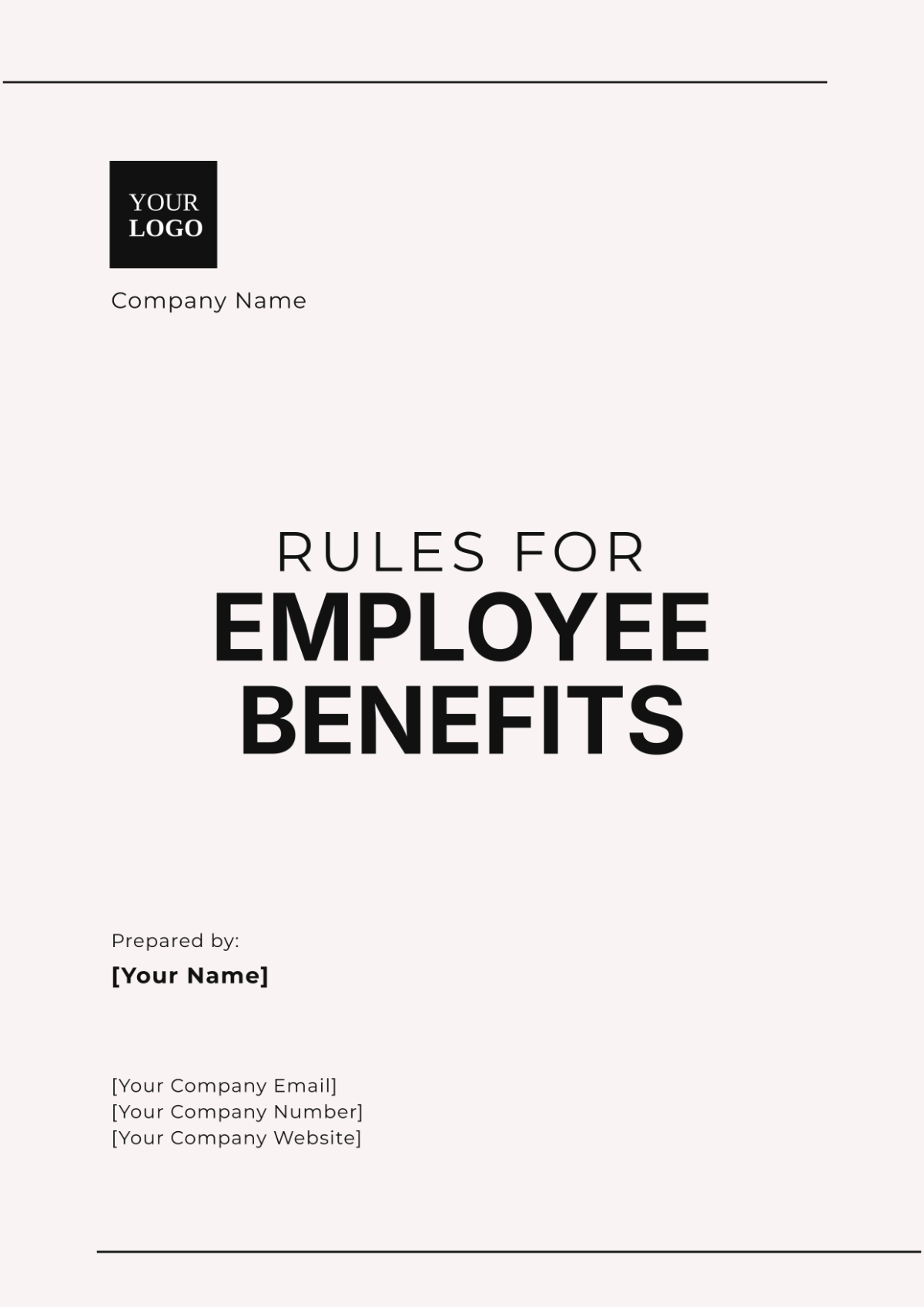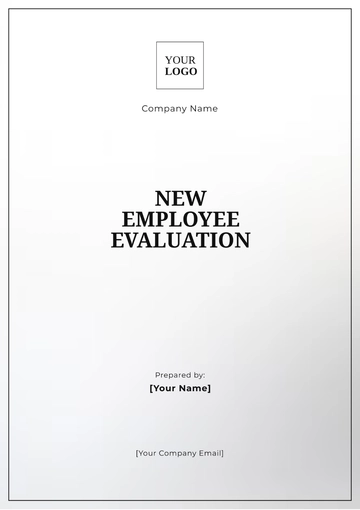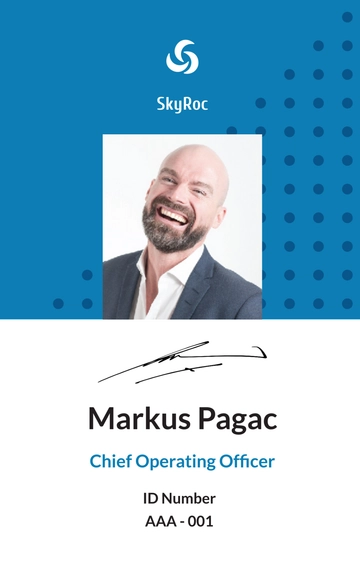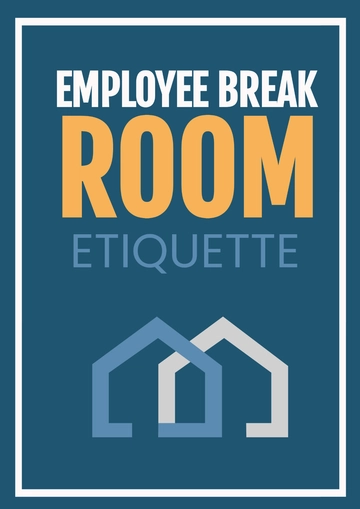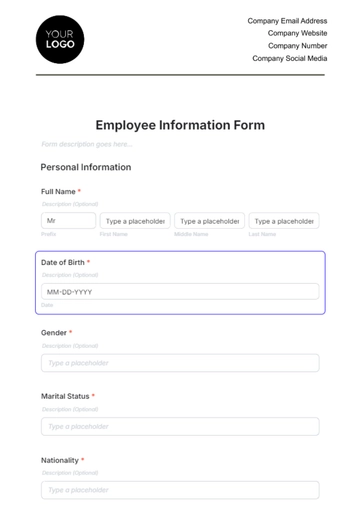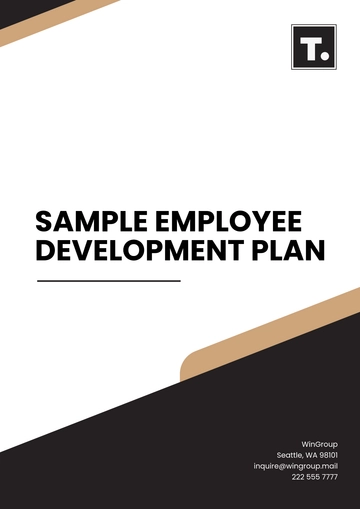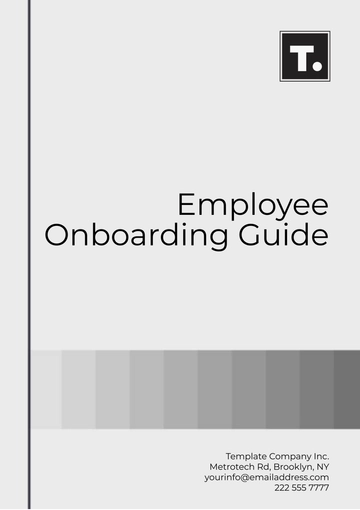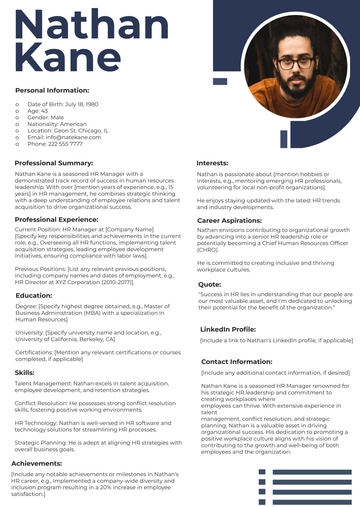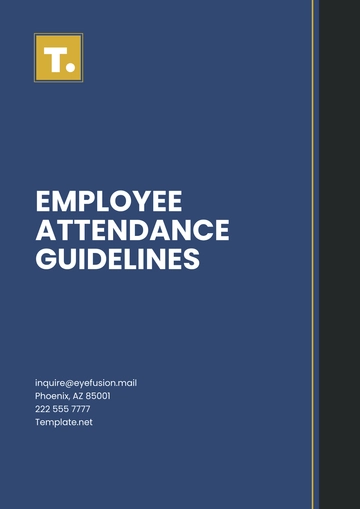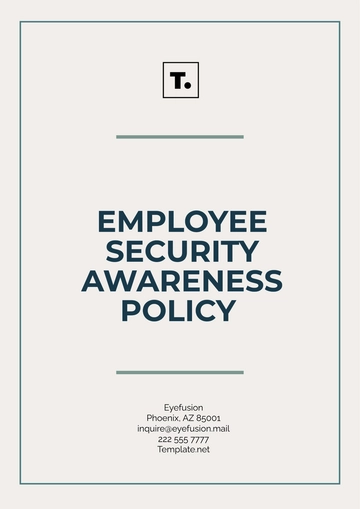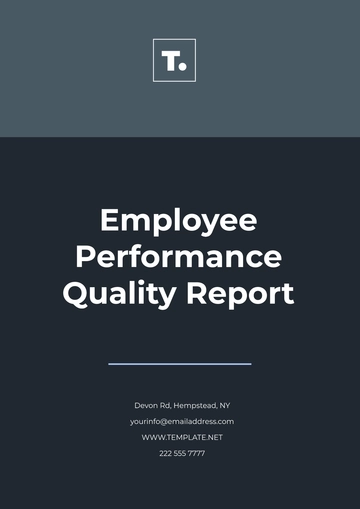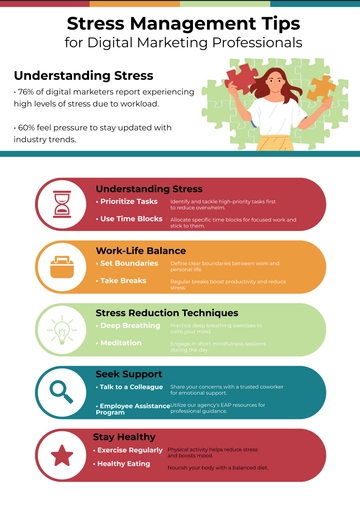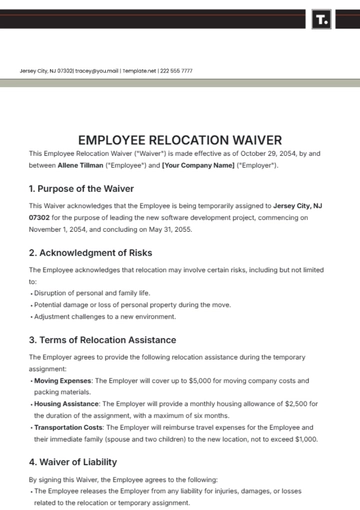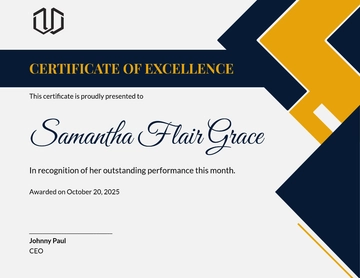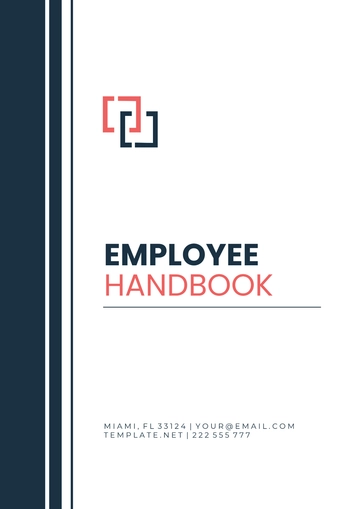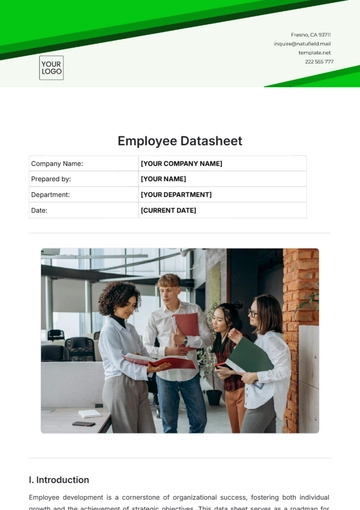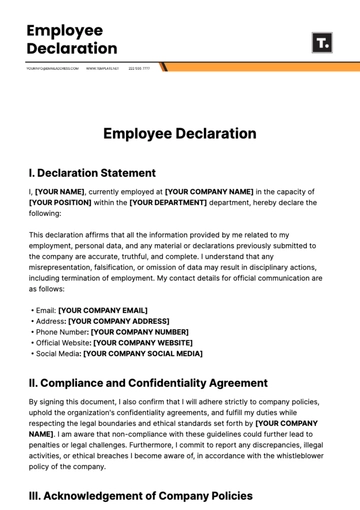Rules for Employee Benefits
1. Introduction
At [Your Company Name], we are committed to supporting the well-being and professional development of our employees through a comprehensive benefits package. This document outlines the rules and regulations governing these benefits to ensure all employees understand their entitlements and the processes for accessing them.
2. Purpose
The purpose of these rules is to provide clear guidelines on the eligibility, coverage, and procedures for availing employee benefits. By clearly defining these aspects, we aim to promote fairness and transparency within the organization.
3. Scope
These rules apply to all full-time and part-time employees. Specific provisions may vary based on employment status, length of service, and job classification. Temporary and contract employees may have different benefits entitlements as specified in their employment agreements.
4. Definitions
Employee: An individual employed by the company, either on a full-time or part-time basis.
Benefits: Various forms of non-wage compensation are provided to employees, including health insurance, retirement plans, paid time off, disability benefits, and others.
Coverage: The extent to which an employee is protected or eligible for benefits under the company's plans.
PTO (Paid Time Off): Leave days provided to employees which can be used for vacation, personal time, or illness.
5. Rules and Regulations
5.1 Health Insurance
(a) Eligibility Criteria
(b) Coverage Details
Includes medical, dental, and vision care.
Covers preventive care, hospital stays, prescriptions, and specialist consultations.
Annual health check-ups and vaccinations are fully covered.
5.2 Retirement Benefits
(a) 401(k) Plan
All employees are eligible to participate in the 401(k) plan starting on the first day of the month following 90 days of employment.
The company matches employee contributions at a rate of 50% up to the first 6% of the employee's salary.
(b) Vesting
5.3 Paid Time Off (PTO)
(a) Accrual and Usage
Full-time employees accrue 1.25 days of PTO for each month of employment.
PTO can be used for vacation, personal days, or illness.
Requests for PTO should be submitted at least two weeks in advance whenever possible.
(b) Carryover Policy
(c) Request Procedure
5.4 Disability Benefits
(a) Eligibility
Short-Term Disability: Available after a waiting period of 1-2 weeks for employees temporarily unable to work due to illness or injury.
Long-Term Disability: Available after short-term disability benefits are exhausted, typically for more extended or permanent disabilities.
(b) Coverage Details
Short-Term Disability: Provides 60% of the employee’s salary for a period of up to 6 months.
Long-Term Disability: Provides 50% of the employee’s salary for an extended duration, potentially until retirement age or until the employee can return to work.
6. Consequences/Penalties
Misuse of benefits may result in disciplinary action, including but not limited to suspension of benefits, reimbursement of costs, and termination of employment.
Failure to comply with the rules may lead to denial of benefits claims.
Fraudulent claims or misrepresentation of information can result in legal action and immediate termination.
7. Exceptions
Any exceptions to these rules must be approved in writing by the HR Director.
Requests for exceptions must be submitted with appropriate justification and documentation.
Temporary or contract employees may have different benefits entitlements as specified in their employment agreements.
For any inquiries or further assistance, please contact [Your Name] at [Your Email] or call [Your Company Number].
Rules Templates @ Template.net
